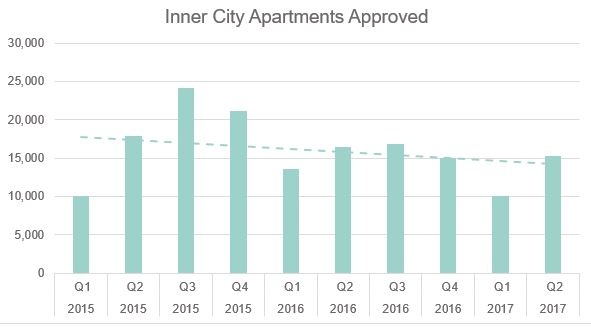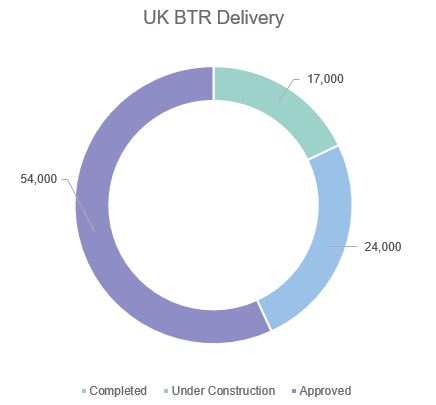At a time when inner city development volumes are diminishing, BTR could be the market mechanism that delivers many of the homes we need and fast, says Urbis Residential Economics expert Mark Dawson.
While Build to Rent isn’t necessarily the silver bullet to ‘affordable housing’, delivering more homes at scale and speed to the rental market offers some precious metal where it is needed.

Source: Urbis Apartment Essentials Q2 2017: Inner Sydney, Inner Melbourne, Perth, inner Brisbane & Gold Coast

